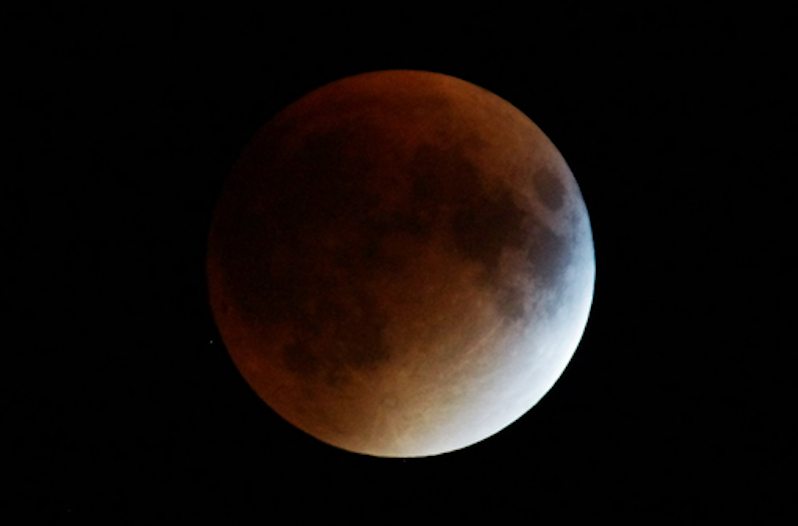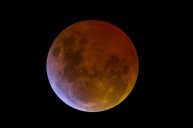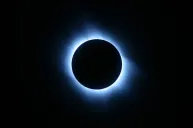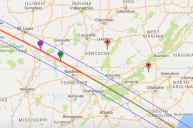On Jan. 30, the Super Blue Blood Moon will rise, supplying a delightful sight for all sky watchers.
The blue moon gets its name by being the second full moon in a single calendar month, which happens every 2 to 3 years. Unfortunately, the moon doesn't really appear blue. Originally, people started using the term "blue moon" to simply state that something was different about the moon.
But there has been a time in history when a true "blue moon" did appear. In 1883, after the Krakatoa volcano erupted, ash and debris created a filter that caused the moon to appear blue.
This year's blue moon is particularly special because it also coincides with a time when the moon will be exceptionally close to the earth, making it a "super blue moon." A supermoon is 15 percent brighter and 30 percent larger than the full moons you usually see in the sky.
There is also another phenomenon going on at the same time as the super blue moon - a total lunar eclipse! While the full moon is at its fullest and is closest point to the earth, a total eclipse will occur, creating a beautiful reddish hue on the moon thanks to the Earth's shadow. The combination of these events are ones that we haven't seen in over 150 years, according to NASA.
Unfortunately, not everyone in the world will have the opportunity to take in this beautiful, once in a lifetime sight. For the most part, those in western North America, throughout the Pacific Ocean and eastern Asia will have the best opportunity to see the special moon. Portions of Australia and New Zealand will also have the opportunity to see the moon. Those in the Middle East and Eastern Europe might not be so lucky. If you want to see when to expect the moon, check out some specific times and locations here.




